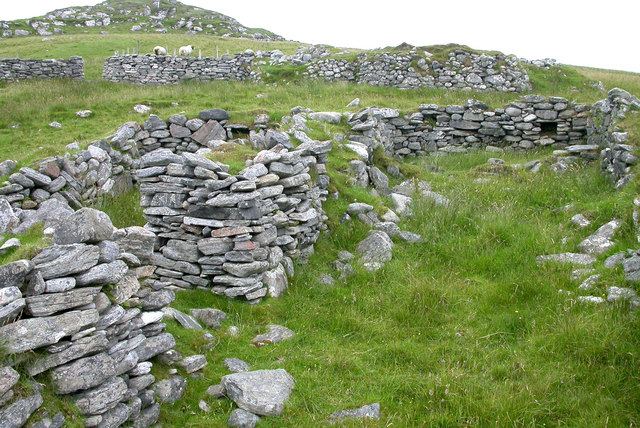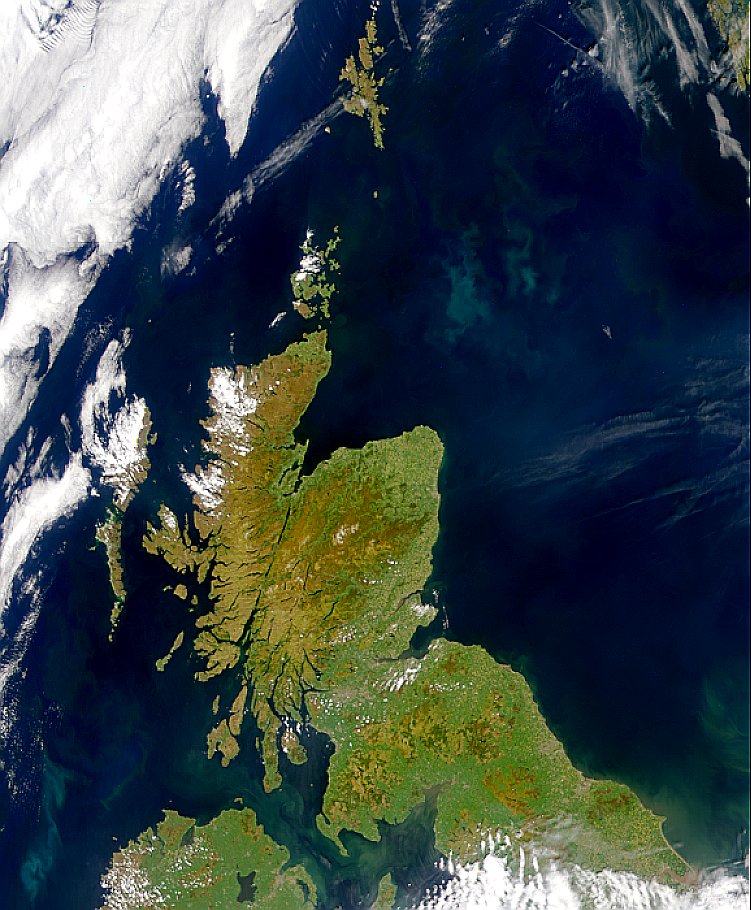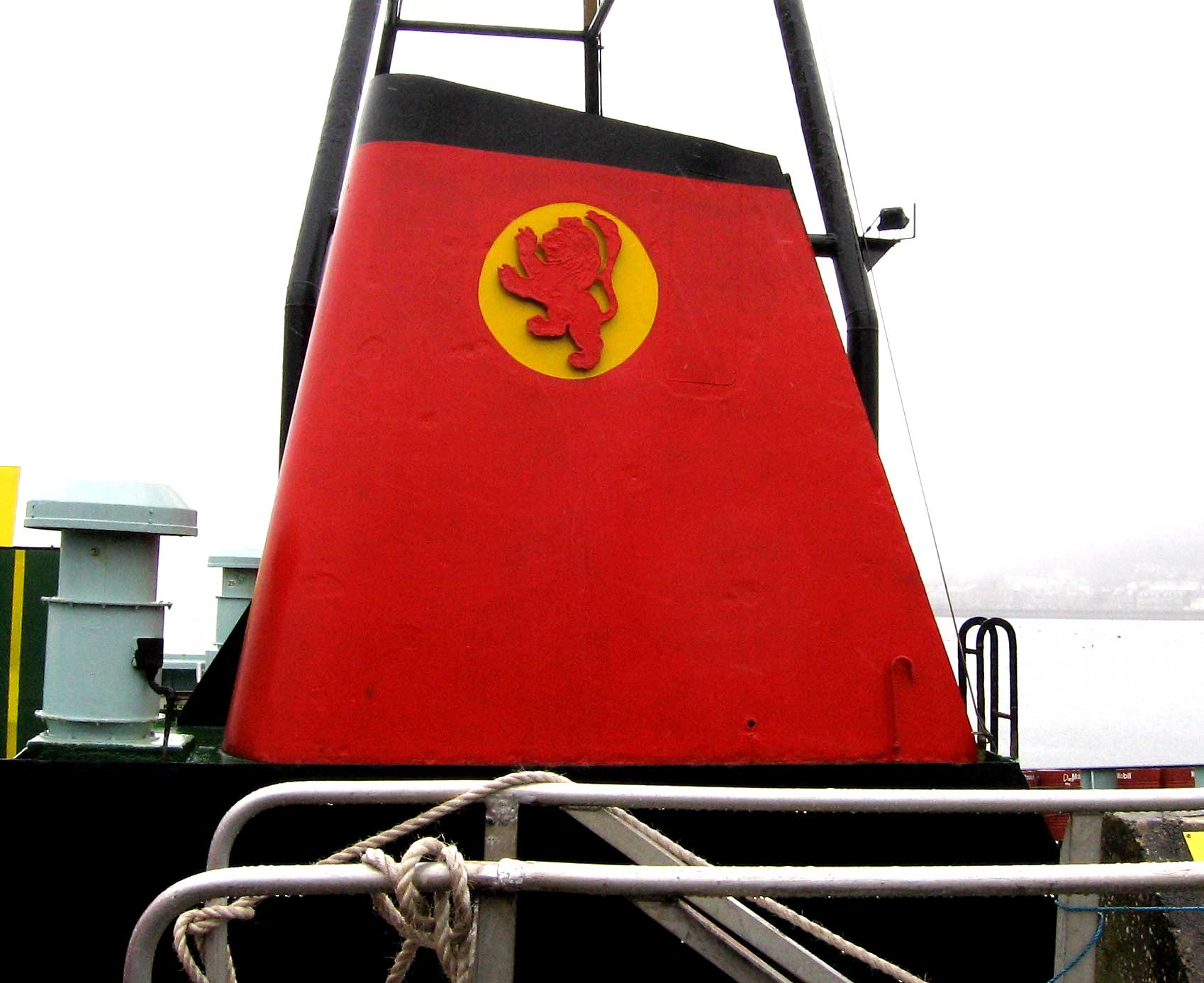|
Longay
Longay ( gd, Longaigh) is a small uninhabited Geography of Scotland, Scottish island in the Inner Sound, Scotland, Inner Sound just off the coast of the Isle of Skye, north of Pabay and east of Scalpay, Inner Hebrides, Scalpay. In 1971, the Caledonian MacBrayne mailboat ''Loch Seaforth'' ran aground on the island, sustaining only minimal damage. References Uninhabited islands of Highland (council area) {{Highland-geo-stub ... [...More Info...] [...Related Items...] OR: [Wikipedia] [Google] [Baidu] |
Longay
Longay ( gd, Longaigh) is a small uninhabited Geography of Scotland, Scottish island in the Inner Sound, Scotland, Inner Sound just off the coast of the Isle of Skye, north of Pabay and east of Scalpay, Inner Hebrides, Scalpay. In 1971, the Caledonian MacBrayne mailboat ''Loch Seaforth'' ran aground on the island, sustaining only minimal damage. References Uninhabited islands of Highland (council area) {{Highland-geo-stub ... [...More Info...] [...Related Items...] OR: [Wikipedia] [Google] [Baidu] |
List Of Islands Of Scotland
This is a list of islands of Scotland, the mainland of which is part of the island of Great Britain. Also included are various other related tables and lists. The definition of an offshore island used in this list is "land that is surrounded by seawater on a daily basis, but not necessarily at all stages of the tide, excluding human devices such as bridges and causeways". Scotland has over 790 offshore islands, most of which are to be found in four main groups: Shetland, Orkney, and the Hebrides, sub-divided into the Inner Hebrides and Outer Hebrides. There are also clusters of islands in the Firth of Clyde, Firth of Forth, and Solway Firth, and numerous small islands within the many bodies of fresh water in Scotland including Loch Lomond and Loch Maree. The largest island is Lewis and Harris which extends to 2,179 square kilometres, and there are a further 200 islands which are greater than 40 hectares in area. Of the remainder, several such as Staffa and the Flannan Isles ... [...More Info...] [...Related Items...] OR: [Wikipedia] [Google] [Baidu] |
Inner Sound, Scotland
The Inner Sound ( gd, An Lighe Rathairseach) is a strait separating the Inner Hebridean islands of Skye, Raasay and South Rona from the Applecross peninsula on the Scottish mainland. The Inner Sound is the location of BUTEC, a Royal Navy submarine sensor and emissions range. Deepest Point in the UK The Inner Sound includes the deepest section of the UK's territorial waters, with a maximum depth of . An area, over long and up to wide, exists below a depth of , with a relatively flat bottom. There is another cleft deep, separated from the deeper bowl by an area of shallower water. A dive to examine the deeper trench found the bottom to be made up of bioturbated mud, with a steep slope towards the west of up to 60°. Islands in the Strait * South Rona * Raasay * Scalpay * Pabay * Longay * Crowlin Wildlife In 2020, over a hundred eggs belonging to the critically endangered flapper skate were discovered in the strait. This led to calls for the government to prote ... [...More Info...] [...Related Items...] OR: [Wikipedia] [Google] [Baidu] |
Pabay
Pabay is a Scottish island just off the coast of Skye. The name Pabay is derived from an old Norse word meaning "priest's isle" and there are the remains of a 13th-century chapel. Geography Pabay is an island in the Inner Sound of Skye, lying north of Broadford. It lies south of Longay and east of the larger Scalpay. Like most others of the name, is a low grassy island. It is in size, diamond-shaped and predominantly flat. The highest point is above sea level, with cliffs on the North and East shores. The island is formed of fossil-containing limestone, with some micaceous shale, named Pabba Shale. It forms a flat plateau with cliffs on the North and East shores. The surrounding low reefs encroach on its shores and double the area at low water. The island gives its name to a group of Jurassic Sedimentary rocks which are seen across the Inner Hebredian area-Pabba Shales. These were laid down at the bottom of a muddy sea 190 million years ago. Much later (about 60 million y ... [...More Info...] [...Related Items...] OR: [Wikipedia] [Google] [Baidu] |
Skye
The Isle of Skye, or simply Skye (; gd, An t-Eilean Sgitheanach or ; sco, Isle o Skye), is the largest and northernmost of the major islands in the Inner Hebrides of Scotland. The island's peninsulas radiate from a mountainous hub dominated by the Cuillin, the rocky slopes of which provide some of the most dramatic mountain scenery in the country. Slesser (1981) p. 19. Although has been suggested to describe a winged shape, no definitive agreement exists as to the name's origins. The island has been occupied since the Mesolithic period, and over its history has been occupied at various times by Celtic tribes including the Picts and the Gaels, Scandinavian Vikings, and most notably the powerful integrated Norse-Gaels clans of MacLeod and MacDonald. The island was considered to be under Norwegian suzerainty until the 1266 Treaty of Perth, which transferred control over to Scotland. The 18th-century Jacobite risings led to the breaking-up of the clan system and later clearanc ... [...More Info...] [...Related Items...] OR: [Wikipedia] [Google] [Baidu] |
Highland Council
The Highland Council (' ), the political body covering the Highland local authority created in 1995, comprises 21 wards, each electing three or four councillors by the single transferable vote system, which creates a form of proportional representation. The total number of councillors is 74, and the main meeting place and main offices are at the Highland Council Headquarters in Glenurquhart Road, Inverness. Current administration The most recent election of the council was on 5 May 2022. The largest group elected were 22 councillors from the SNP, who were joined by 21 independent, 15 Liberal Democrat, 10 Conservative, 4 Green and 2 Labour councillors. This was the first time since the Council's inception that independent councillors did not form the largest grouping. Following the election, the SNP and the 17-member Highland Independent group formed the administration. Three other independents changed their label to reflect their locality (Caithness, Inverness, and Sutherland ... [...More Info...] [...Related Items...] OR: [Wikipedia] [Google] [Baidu] |
Geography Of Scotland
The geography of Scotland is varied, from rural lowlands to unspoilt uplands, and from large cities to sparsely inhabited islands. Located in Northern Europe, Scotland comprises the northern third of the island of Great Britain as well as 790 surrounding islands encompassing the major archipelagos of the Shetland Islands, Orkney Islands and the Inner and Outer Hebrides. Scotland's only land border is with England, which runs for in a northeasterly direction from the Solway Firth in the west to the North Sea on the east coast. Separated by the North Channel, the island of Ireland lies from Mull of Kintyre on the Scottish mainland. Norway is located northeast of Scotland across the North Sea. The Atlantic Ocean, which fringes the coastline of western and northern Scotland and its islands, influences the temperate, maritime climate of the country. Scotland contains the majority of mountainous terrain in the UK. The topography of Scotland is distinguished by the Highland Bound ... [...More Info...] [...Related Items...] OR: [Wikipedia] [Google] [Baidu] |
Island
An island (or isle) is an isolated piece of habitat that is surrounded by a dramatically different habitat, such as water. Very small islands such as emergent land features on atolls can be called islets, skerries, cays or keys. An island in a river or a lake island may be called an eyot or ait, and a small island off the coast may be called a holm. Sedimentary islands in the Ganges delta are called chars. A grouping of geographically or geologically related islands, such as the Philippines, is referred to as an archipelago. There are two main types of islands in the sea: continental and oceanic. There are also artificial islands, which are man-made. Etymology The word ''island'' derives from Middle English ''iland'', from Old English ''igland'' (from ''ig'' or ''ieg'', similarly meaning 'island' when used independently, and -land carrying its contemporary meaning; cf. Dutch ''eiland'' ("island"), German ''Eiland'' ("small island")). However, the spelling of the word ... [...More Info...] [...Related Items...] OR: [Wikipedia] [Google] [Baidu] |
Isle Of Skye
The Isle of Skye, or simply Skye (; gd, An t-Eilean Sgitheanach or ; sco, Isle o Skye), is the largest and northernmost of the major islands in the Inner Hebrides of Scotland. The island's peninsulas radiate from a mountainous hub dominated by the Cuillin, the rocky slopes of which provide some of the most dramatic mountain scenery in the country. Slesser (1981) p. 19. Although has been suggested to describe a winged shape, no definitive agreement exists as to the name's origins. The island has been occupied since the Mesolithic period, and over its history has been occupied at various times by Celtic tribes including the Picts and the Gaels, Scandinavian Vikings, and most notably the powerful integrated Norse-Gaels clans of MacLeod and MacDonald. The island was considered to be under Norwegian suzerainty until the 1266 Treaty of Perth, which transferred control over to Scotland. The 18th-century Jacobite risings led to the breaking-up of the clan system and later cleara ... [...More Info...] [...Related Items...] OR: [Wikipedia] [Google] [Baidu] |
Scalpay, Inner Hebrides
Scalpay (; gd, Sgalpaigh) is an inhabited island in the Inner Hebrides of Scotland which has a population of 4. Geology The bedrock of Scalpay is largely the Neoproterozoic age sandstone and conglomerates of the Sithean Glac an Ime Member of the Applecross Formation and in the west, the Mullach nan Carn members of the Diabaig Formation, a unit of the Torridon Group, or informally the Torridonian sandstone. Outcrops of hornfelsed basalt of the Palaeocene age Skye Lava Group and the Palaeogene age Scalpay granite are found in the south and west of Scalpay. The Scalpay Sandstone and Pabay Shale formations found in the southeast of the island around Scalpay House are assigned to the Lias Group. The Staffin Shale and Staffin Bay formations are of late Jurassic age and found east of Rubha Aosail Sligneach at Caolas Scalpay. Quaternary deposits are represented by peat in the north, present day marine deposits and raised marine deposits along the southwestern shore and a restrict ... [...More Info...] [...Related Items...] OR: [Wikipedia] [Google] [Baidu] |
Gazetteer For Scotland
The ''Gazetteer for Scotland'' is a gazetteer covering the geography, history and people of Scotland. It was conceived in 1995 by Bruce Gittings of the University of Edinburgh and David Munro of the Royal Scottish Geographical Society, and contains 25,870 entries as of July 2019. It claims to be "the largest dedicated Scottish resource created for the web". The Gazetteer for Scotland provides a carefully researched and editorially validated resource widely used by students, researchers, tourists and family historians with interests in Scotland. Following on from a strong Scottish tradition of geographical publishing, the ''Gazetteer for Scotland'' is the first comprehensive gazetteer to be produced for the country since Francis Groome's ''Ordnance Gazetteer of Scotland'' (1882-6) (the text of which is incorporated into relevant entries). The aim is not to produce a travel guide, of which there are many, but to write a substantive and thoroughly edited description of the count ... [...More Info...] [...Related Items...] OR: [Wikipedia] [Google] [Baidu] |
Caledonian MacBrayne
Caledonian MacBrayne ( gd, Caledonian Mac a' Bhriuthainn), usually shortened to CalMac, is the major operator of passenger and vehicle ferries, and ferry services, between the mainland of Scotland and 22 of the major islands on Scotland's west coast. Since 2006, the company's official name has been CalMac Ferries Ltd, although it still operates as Caledonian MacBrayne. In 2006, it also became a subsidiary of holding company David MacBrayne, which is owned by the Scottish Government. History David MacBrayne MacBrayne's, initially known as David Hutcheson & Co., began in 1851 as a private steamship operator when G. and J. Burns, operators of the largest of the Clyde fleets, decided to concentrate on coastal and transatlantic services and handed control of their river and Highland steamers to a new company in which Hutcheson, their manager of these services, became senior partner. One of the other partners was David MacBrayne (1817-1907), nephew of Messrs. Burns. In 1878, the ... [...More Info...] [...Related Items...] OR: [Wikipedia] [Google] [Baidu] |







